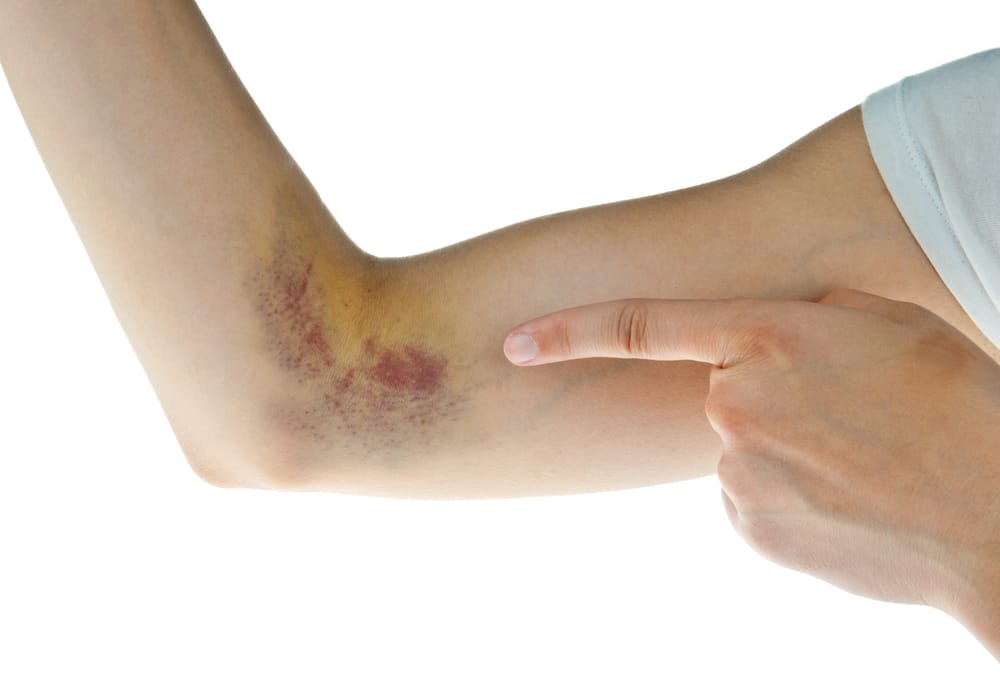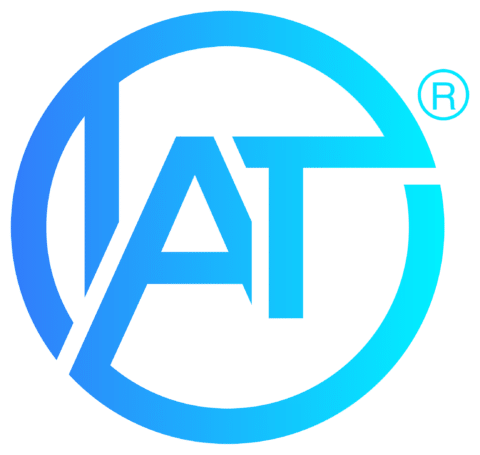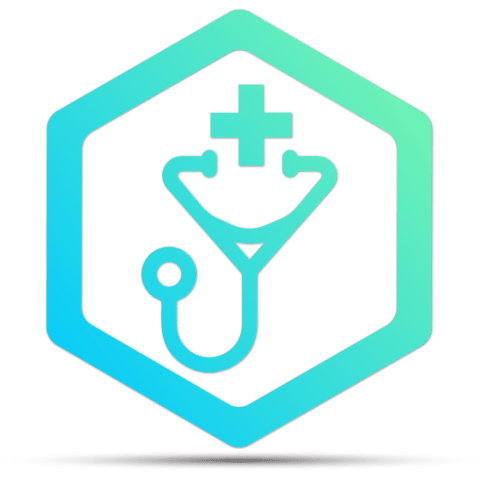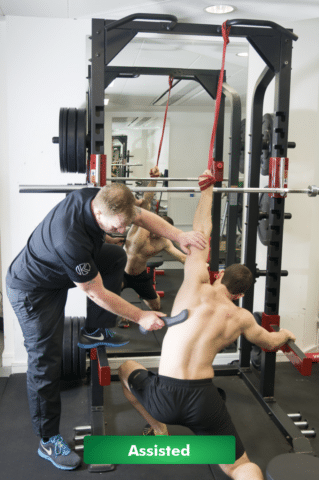So you’re looking for IASTM Certification? It’s great that you are wanting to learn a new skill. For over a decade we’ve had the privilege of traveling the world to teach and work with some of the very best practitioners and in that time we’ve seen they all share that same drive as you to add new skills to their treatment toolbox. However, before you go searching the internet for IASTM courses, there’s a few things you should know that may influence your decision.
Picture This…
You’re sitting in your IASTM course, notes in hand, just before the second day of learning begins. You and the instructor are already on a first name basis because you have made sure to stay engaged by asking all the right questions. Prior to the course, you were hitting those books like your job depends on it, because you know that the more treatment skills you have the greater the results you can achieve for your patients. After all, you don’t want to be just an average practitioner; you want to be an absolute rockstar.
As you start to think about the awesome reputation your clinic is going to get from all the new skills you are learning you notice a particularly pungent odour. This strikes you as odd because you have no memory of this seminar room being next door to a brewery. It’s then that you notice him.…..Again. Yup, it’s Hangover Henry. As always, he is in the back of the class, eyes half closed, holding on for dear life to what can only be described as a vat of strong coffee.
While you made sure to get a good night’s sleep so you could be sharp for today Hangover Henry used the course as an excuse to get away from the job and real world responsibilities. He’s been partying hard into the early hours of the morning and has turned up unaware of the stale alcoholic stench he’s exuding. Though you can tell he is trying to stay awake because you can see the red blaring from his hardly-open eyes, it is entirely possible that the only thing he has learned from this course is how to use a laptop as a pillow.
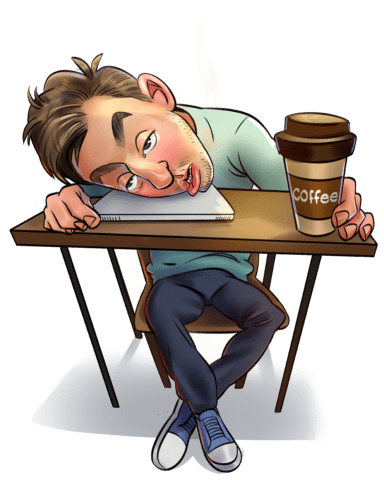
Scanning the rest of the delegates you notice someone else who isn’t making the most of this IASTM Certification. It’s Insta Isabel. Making duck lips at her phone, looking for just the right pose, she’s busy composing her post on The ‘Gram to go along with the perfect #gettingmylearnon tag. Instead of engaging with other delegates, she’s is engaging with a few different photo filters. Rather than flying through the course work Insta Isabel is head down, thumbs flying across her phone as she endlessly scrolls through her five favourite social media apps. And God forbid if the “Boomer” instructor distracts her by trying to get her to participate. After all, if she doesn’t post about how hard she’s “working” in this course, did it even happen?

Ok, so it’s satire and parody for comedic effect to illustrate an important point, but we’ve all met these characters. Whilst it might be “Hangover Harriet” sleeping off last nights excesses and “Insta Ian” pouting at the camera, whatever shape and size they come in, you’ve seen them at a seminar. They highlight the major problem with IASTM certifications and the main reason why we recommend finding a better alternative.
In a recent survey of the industry, over 90% of all IASTM courses do not have any form of test. Why is this important? Without a seminar test, can we really say that Insta Isabel and Hangover Henry’s distracted and inebriated states makes them as competent as you? Of course not. Yet, without a competency assessment, the course provider lets them walk away with the same IASTM certification.
Their subsequent errors in clinic and treatment failures of these practitioners playing out around the world. Take your pick of internet search engines or social media platform and search you will quickly find the horror stories of practitioner aggressively using IASTM on their clients creating massive subdermal haemorrhaging and bruising in the pursuit of “breaking up adhesions” (which doesn’t happen) and “tissue hyperperfusion” (which happened long before bruising occurred).
The poor reputation they create for a whole modality casting a shadow over your good work simply because you chose to learn a new treatment skill. That’s not right, it’s not fair on you.
So here’s the question for you. If you work hard, study diligently, make your clients’ goals a priority and strive for clinical excellence; do you want your reputation tarred by someone else who choses the easier path to mediocrity? If the answer is a resounding “Hell No” then you are in the right place. Instrument Assisted Therapy® is different.
IAT® is much more than an IASTM Certification.
Many mistake IAT® for “just” IASTM because they both use tools. However, that’s a flawed assumption based on their poor understanding convergent/divergent evolution of homologous structures (things that develop to have similar components but are completely different). Here’s a few examples why their argument of identity based on shared attributes is erroneous:
Helicopters, trains and automobiles all have internal combustion engines, but are obviously not the same thing. Humans, lizards, cats and whales all have ulnares and radii, but evidently are not the same thing. Airplanes and eagles both have wings, but clearly are not the same thing.
Just because two, or more, things evolved to use similar components doesn’t make them the same. We use tools within our treatment system because we believe they can help reduce the wear and tear on a practitioners body and elongate their career. But that’s where the similarities with IASTM end.
In IAT® there is no scrapping, no bruising and no “adhesion busting”. Instead you will find a manual therapy system, based on neurology to achieve quick results, that isn’t taught anywhere else. We set the curriculum for our seminars. We expect each delegate to pass the accreditation exam to become a certified IAT® practitioner. It means when you see other IAT® practitioners you know they share your same high treatment standards.
Forget the neurology you learnt at university, it was mostly filler to bulk out a degree. Yes the somatosensory cortex, limbic system and innervation of the ear are all necessary for a neurologist. But they are void of any real relevance for practitioners using manual therapy techniques.
However, the concise information in this seminar guides practitioners to get the most out its unique manual therapy system. It helps them understand why their current techniques work and, why they sometimes fail and what to move onto.
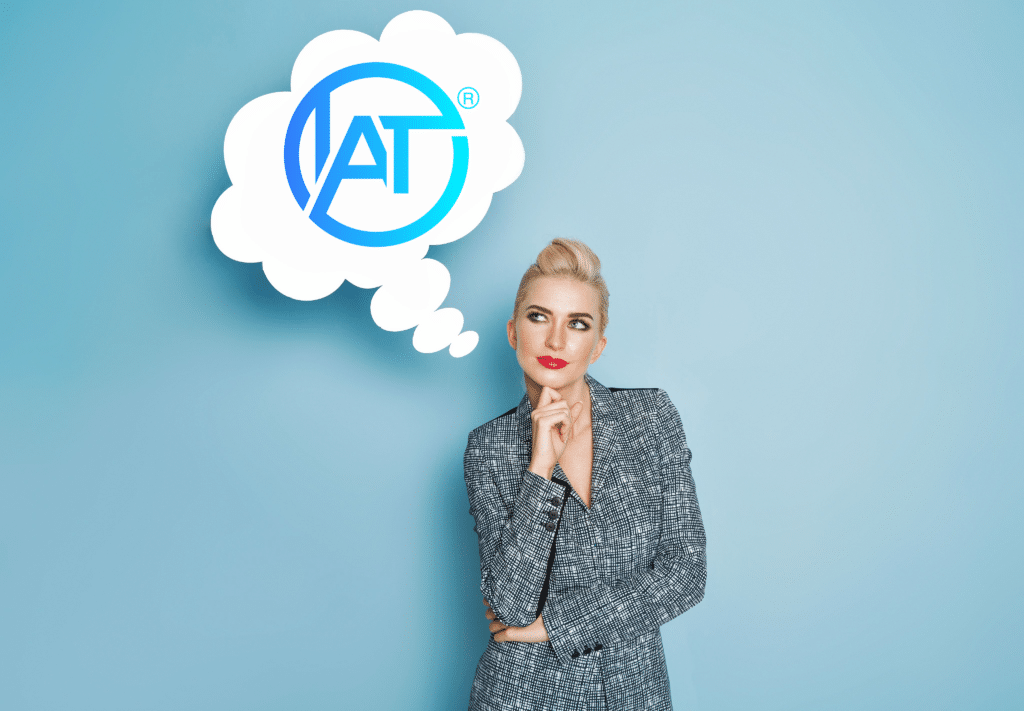
So decided not to do a Graston certification? Don’t want mediocre practitioners from a poor quality IASTM certification giving you a bad reputation through association? Want a great treatment system that easily integrates alongside your current skill set? Then click on the IAT® logo below 👇 or on the following link 👉. You’ll find all the seminar information and videos you need.
Want To Know More?
Want to know if the Diagnostic Concept is right for you? Then check out it’s video here.
Want to know how to pick the best IASTM instruments for you? Then check out the videos and information on IASTM tools here.
Want to know what type of skills separate the top 1% of practitioners from the rest? Then have a read of this page here.

